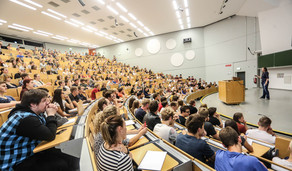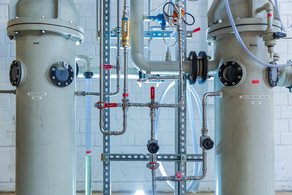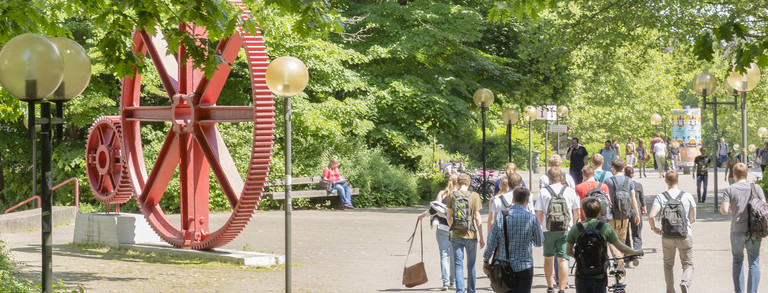Absorption Global Standard
Die Arbeitsgruppe “Absorption Global Standard“ hat sich zum Ziel gesetzt, einen globalen Standard für die Ermittlung von Stoffübergangsparametern in Ab-/Desorptionsanlagen zu entwickeln. Zu dieser Vereinigung zählen die Technische Universität Dortmund in Kooperation mit Envimac Engineering GmbH, die Ruhr-Universität Bochum und diverse Hersteller wie auch Endabnehmer von Füllkörpern und strukturierten Packungen (BASF SE, Bayer Technology Services GmbH, Evonik Industries AG, GEA 2H Water Technologies GmbH, GEA Wiegand GmbH, Linde AG, Julius Montz GmbH, Raschig GmbH, RVT Process Equipment GmbH, Siemens AG, Sulzer Chemtech AG, SUPREN GmbH, Vereinigte Füllkörper-Fabriken GmbH & Co.KG).
Dieses IGF-Vorhaben „Standardisierung von Stofftransportmessungen in der Ab-/Desorption“ ist der erste Schritt auf dem Weg zu diesem globalen Ziel und damit das erste gemeinsame Projekt der Arbeitsgruppe “Absorption Global Standard“. Status Quo der Modellierung von Absorptionskolonnen ist folgender: Die Vorhersage der Stoffübergangsparameter neuentwickelter Füllkörper und strukturierter Packungen ist bis heute nicht analytisch möglich. Deshalb müssen experimentelle Untersuchungen durchgeführt werden um aus diesen Daten die Stoffübergangsparameter zu berechnen. Die Ergebnisse der experimentellen Untersuchungen sind zum Teil abhängig von der verwendeten Versuchsanlage, von dem verwendeten Stoffsystem und der Versuchsdurchführung. Das bedeutet, dass die aus den experimentellen Untersuchungen gewonnenen Daten und damit natürlich auch die daraus berechneten Stoffübergangsparameter schwanken können. Außerdem kommt hinzu, dass die existierenden Korrelationen zur Berechnung der Stoffübergangsparameter auf Grundlage derselben experimentellen Daten zu zum Teil sehr stark unterschiedlichen Ergebnissen führen können. Die Vergleichbarkeit von Stoffübergangsparameter ist damit nicht immer gegeben. Forschungsziel des Projektes ist die Entwicklung einer einheitlichen Methodik zur Bestimmung von Stoffübergangsparametern. Dadurch soll die Zuverlässigkeit von Stoffübergangsparametern gesteigert und damit eine Senkung der Sicherheitszuschläge erreicht werden. Der innovative Beitrag der Forschungsergebnisse wäre damit eine Reduktion von Investitions-/bzw. Betriebskosten und zusätzlich eine geringere Umweltbelastung. Durch eine direkte projektbegleitende Beteiligung der Hersteller wie auch Endabnehmer von Füllkörpern und strukturierten Packungen wird gewährleistet, dass der Standard eine globale Akzeptanz erhält.




